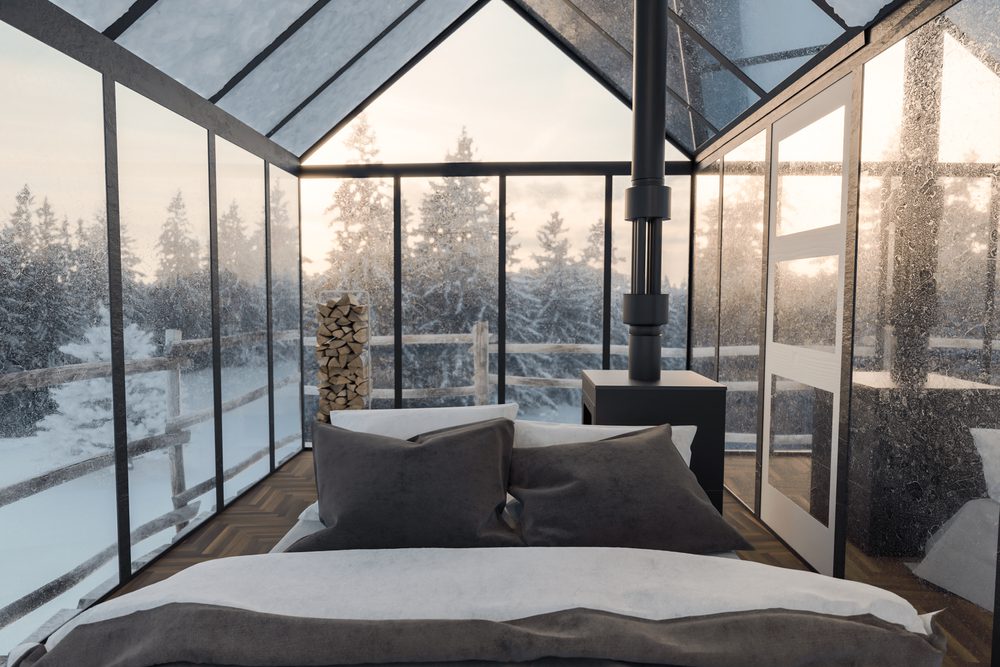Stepping onto the property ladder can be a daunting task, can’t it? Whether you’re a first-time buyer, a seasoned investor, or simply looking to switch up your living situation, the abundance of choices can sometimes feel overwhelming. But worry not, I’ve got you covered! Today, we’re going to unpack all the different types of accommodation available. From the simplest studios to the grandest gated communities, we’ll delve into the pros and cons of each and hopefully, guide you towards finding your perfect living space.
To put this into perspective, think about what ‘home’ means to you. What are your priorities? Do you desire proximity to work or other amenities? Would you prefer a spacious environment for family life? Or perhaps a low-maintenance residence that suits your busy lifestyle? Each accommodation type comes with its unique features and understanding these is key to making a confident and informed decision.
So, prepare to take off on this journey with me as we dissect and discuss different accommodation types and their distinguishing features. Let’s unravel the world of properties and discover which one might be the right fit for you.
Single-Family Homes: The Ultimate Companion for Privacy
As arguably the most common form of accommodation, single-family homes represent the quintessential family living. They are detached houses designed to facilitate one family and are often characterized by a yard, garage, and a decent amount of privacy.
These homes serve as a longstanding symbol of ownership and independence. Here, you’re not only buying a house but a piece of land – the yard that can be transformed into an outdoor living space or a playground for the kids. Single-family homes also offer considerable privacy, something apartment living may not always guarantee.
However, with great independence comes great responsibility. As owners, you will need to maintain every inch of your property. All repairs, landscaping, and other upkeep tasks fall squarely on your shoulders. Here’s the thing, though – for those who take pride in homeownership, these responsibilities are worth the freedom and personal space that a single-family home can offer.
Condominiums: The Blend of Ownership and Convenience
Condominiums, or condos, operate as a midway point of sorts between single-family homes and rental apartments. While you own your unit, you also share common areas such as hallways, fitness centers, and outdoor spaces with other residents.
Condos generally offer some of the same amenities as high-end apartments. However, since you own the unit, you do have a say in how the condo association is run. At the same time, the cost of maintenance and repairs for common areas is split among owners, easing the burden of individual upkeep.
There are trade-offs, though, particularly in terms of privacy. Depending on the building layout and culture, you might sacrifice some of the seclusion that comes with standalone properties. You also must consider homeowners association (HOA) fees that can be steep.
Apartments: Flexibility and Hassle-Free Living
Apartments bring a level of convenience and flexibility that other properties often cannot. Typically rental properties are perfect for those who prefer shorter commitments, often available on a month-to-month or annual lease basis.
Most maintenance and repair services are handled by the property management or landlord, eliminating one major stress of ownership. You also have the opportunity to live in areas where buying might be prohibitively expensive.
Then again, an apartment doesn’t typically offer the same level of privacy as a condo or single-family home. You get no equity buildup out of your monthly payments and might also face limitations when it comes to space or decorating.
Tiny Homes: Minimalist, Affordable, and Portable
A relatively new entrant in the housing arena, tiny homes are making a big splash. These portable accommodations emphasize minimal living, affordability, and environmental consciousness, often encompassing less than 400 square feet.
The tiny home movement’s ethos revolves around living simply and efficiently. They’re also relatively cost-effective. Plus, the opportunity to be mobile and experience different locales can be an irresistible allure for some.
Nevertheless, downsizing to this extent may not be everyone’s cup of tea. It involves substantial lifestyle changes, including limited storage space and a restricted living area. Some locations might also have zoning restrictions against tiny homes.
Conclusion: Your Living Space, Your Choice
Deciding where and how to live isn’t an easy process. With an array of properties each offering their unique advantages and drawbacks, the decision ultimately boils down to personal preferences and lifestyle needs.
Do you fancy the autonomy and space of a single-family home? Or does the community atmosphere and shared responsibilities of a condominium entice you? Perhaps the flexibility of an apartment or the mobile minimalism of a tiny home appeals more to your taste? Whatever your preference may be, rest assured that there’s a perfect living space out there for you.
It’s about understanding your lifestyle, wants, needs, and the compromises you’re willing to make. After all, a home is not merely about four walls and a roof. It encapsulates a living experience, a sense of belonging, and a place where cherished memories are made. Happy house hunting!












